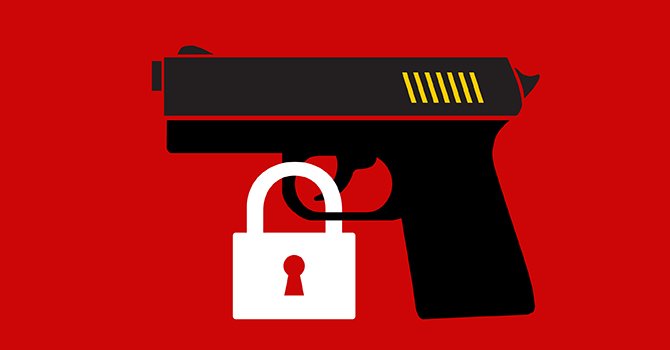The Blackstone Commentaries on Criminal Law are part of Sir William Blackstone's influential 18th-century work, Commentaries on the Laws of England. This comprehensive treatise, published between 1765 and 1769, is divided into four volumes. The fourth volume, "Of Public Wrongs," focuses on criminal law. The other volumes are "Of the Rights of Persons," "Of the Rights of Things," and "Of Private Wrongs. "”
In "Of Public Wrongs," Blackstone provides a detailed examination of the criminal laws of England, aiming to demonstrate their justice and mercy. Despite the severe penalties of the time, later known as the "Bloody Code," Blackstone's work sought to rationalize and justify the legal system's approach to crime and punishment.
The Commentaries were groundbreaking for their readability and accessibility, making complex legal principles understandable to a broader audience. They played a significant role in the development of both British and American legal systems and continue to be referenced in legal education and court decision




